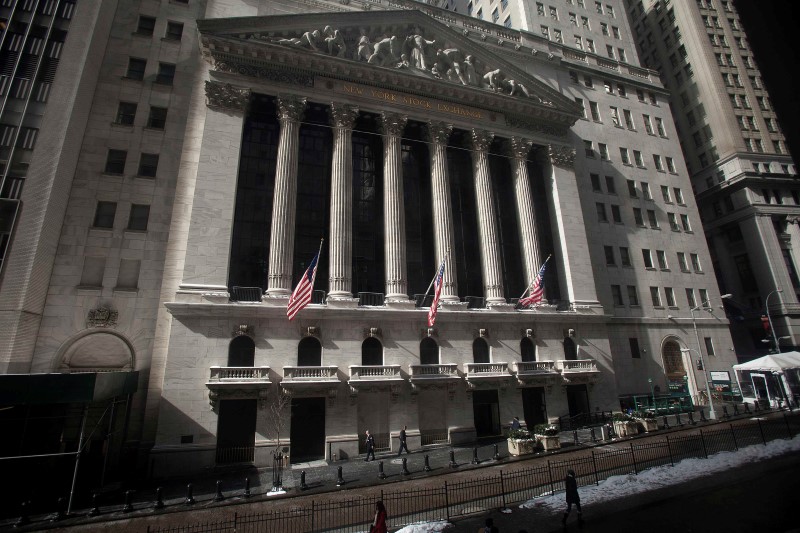BOSTON (Reuters) - D.E. Shaw's Orienteer platform, the backbone of the $50 billion investment firm's multi-asset class offerings, posted high double-digit returns this year, the best ever in its six year lifetime.
The Orienteer platform's HV variant gained 41.3% through November while the main Orienteer strategy gained 25.8% during the same time, a person familiar with the returns said.
Orienteer, launched in mid-2013 with less than $100 million in capital, now manages $2.2 billion in assets in a way that seeks risk exposure across conventional assets classes like stocks, commodities, credit and rates.
Each of the Orienteer strategies -- HV variant and the main strategy -- handily outperformed risk parity benchmarks. The HFR Risk Parity Vol 15 Institutional Index returned 27.3% while the HFR Risk Parity Vol 10 Institutional Index gained 18.8%, according to data from the research group.
A spokesman for D.E. Shaw declined to comment.
Risk parity funds use an allocation approach to try to build a diversified portfolio in which each asset group -- equity, credit, rates and inflation -- contributes an equal amount of risk so that the return is not primarily determined by stocks.
The strategy, first pioneered in the 1990s, captured investors' attention after the financial crisis of 2007-2009. Hedge fund Bridgewater Associates, which launched its risk-parity All Weather Fund in 1996, and AQR Capital Management are big investors in the space.
Orienteer has gained in all four of its underlying risk categories, fueled by positive results from a mix of systematic and discretionary bets.
D.E. Shaw, founded in 1988, was long known for investing strategies driven by computer models, but over the years it has branched out into other strategies.
Hedge funds have generally had a more positive year in 2019 with the average fund gaining 8.6% through November, data from HFR show.
